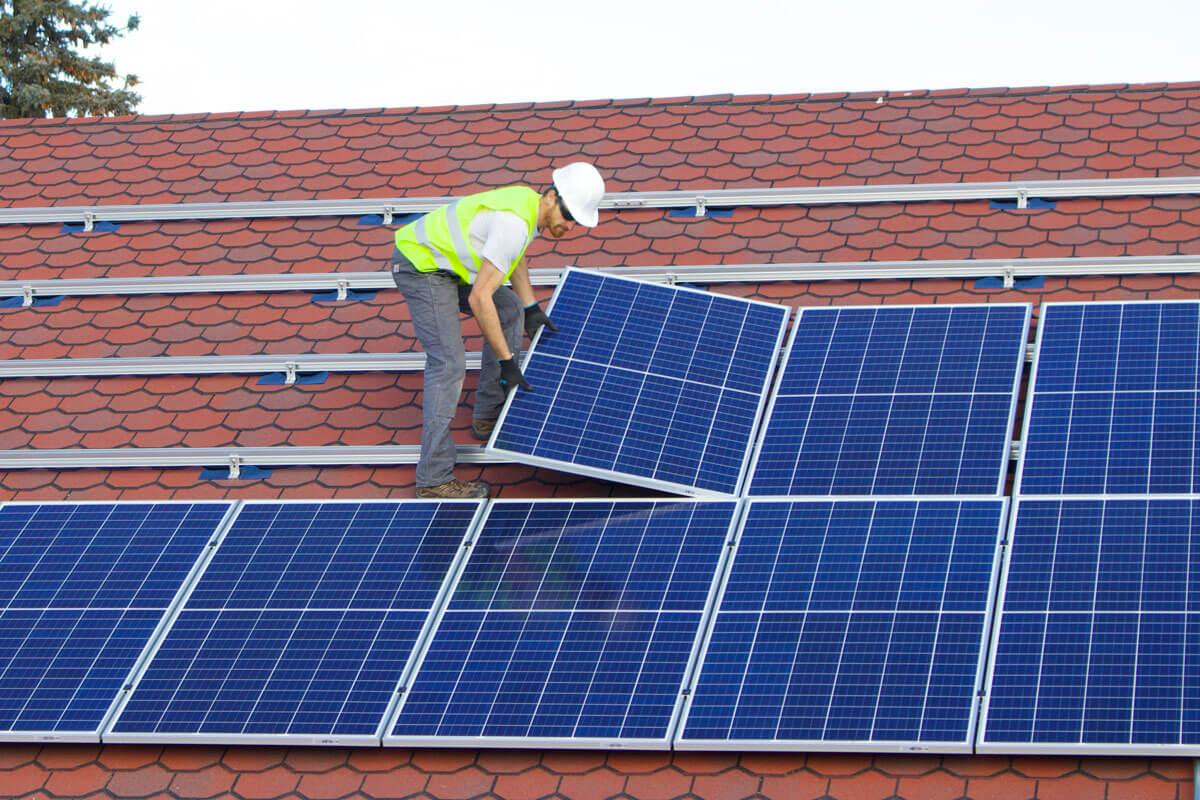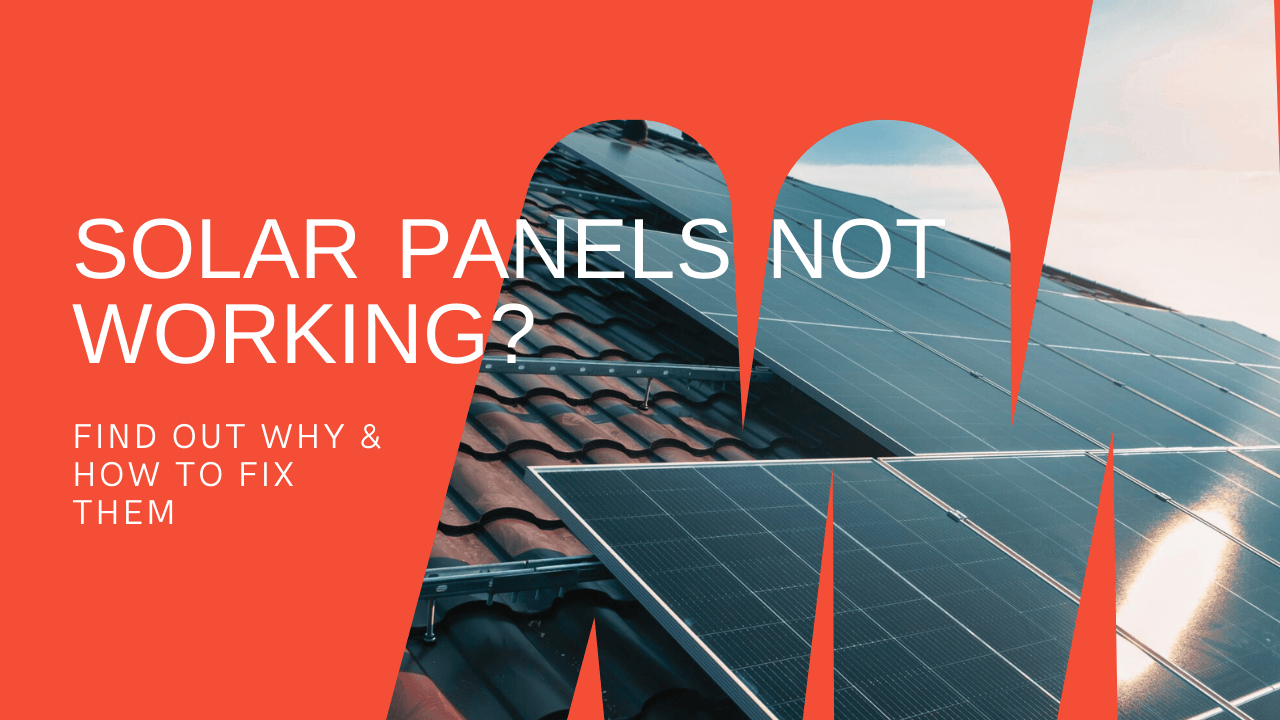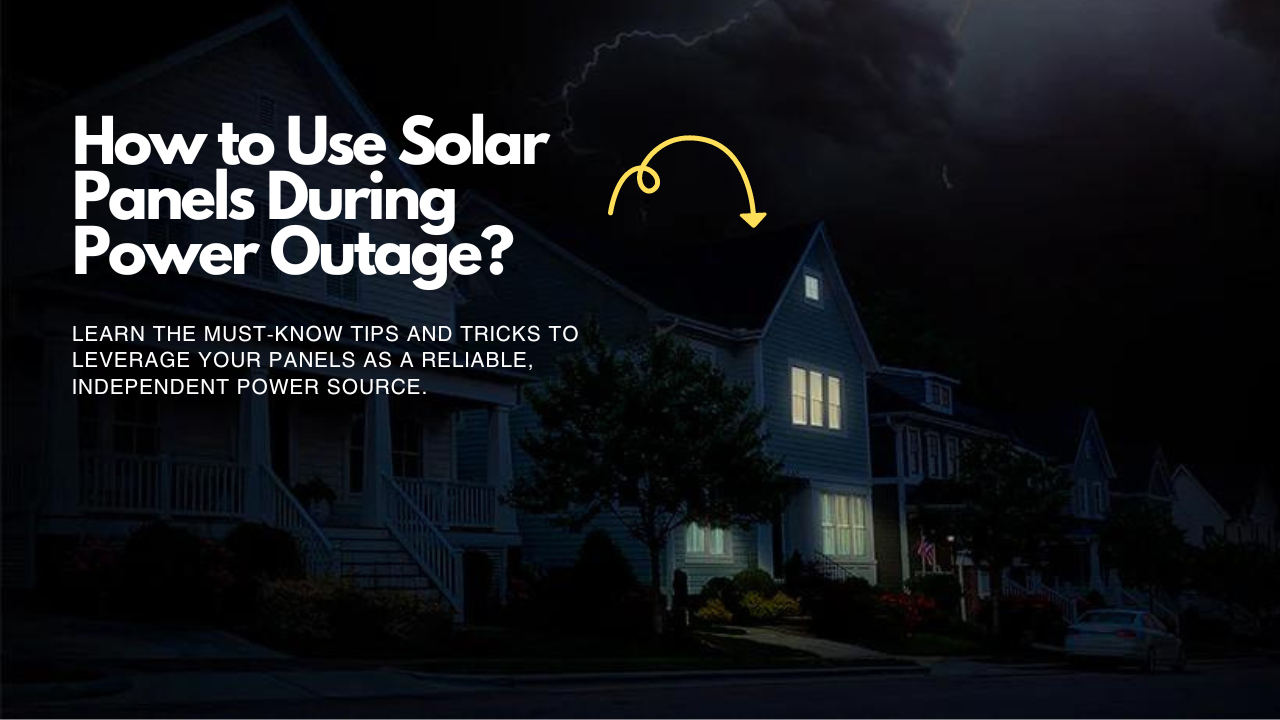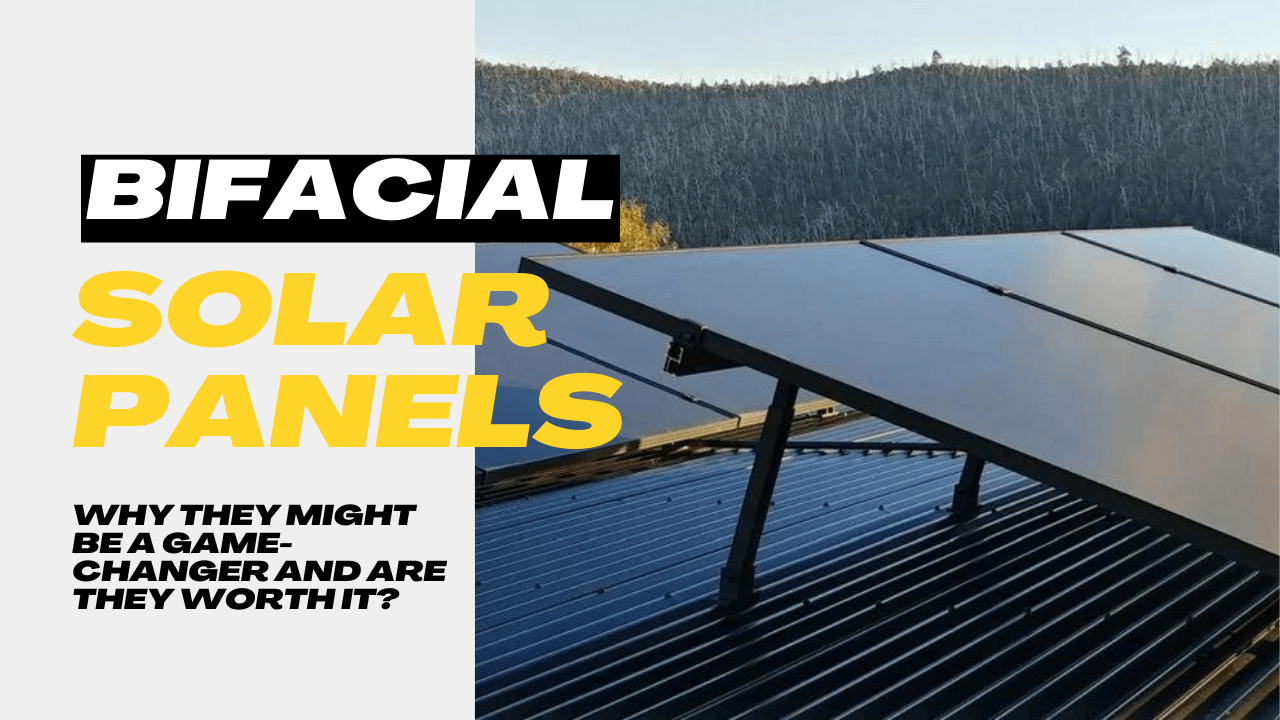Tesla Solar Battery & Backup – The Answers to the Questions You’ve Been Looking For (2024 Homeowners Guide)
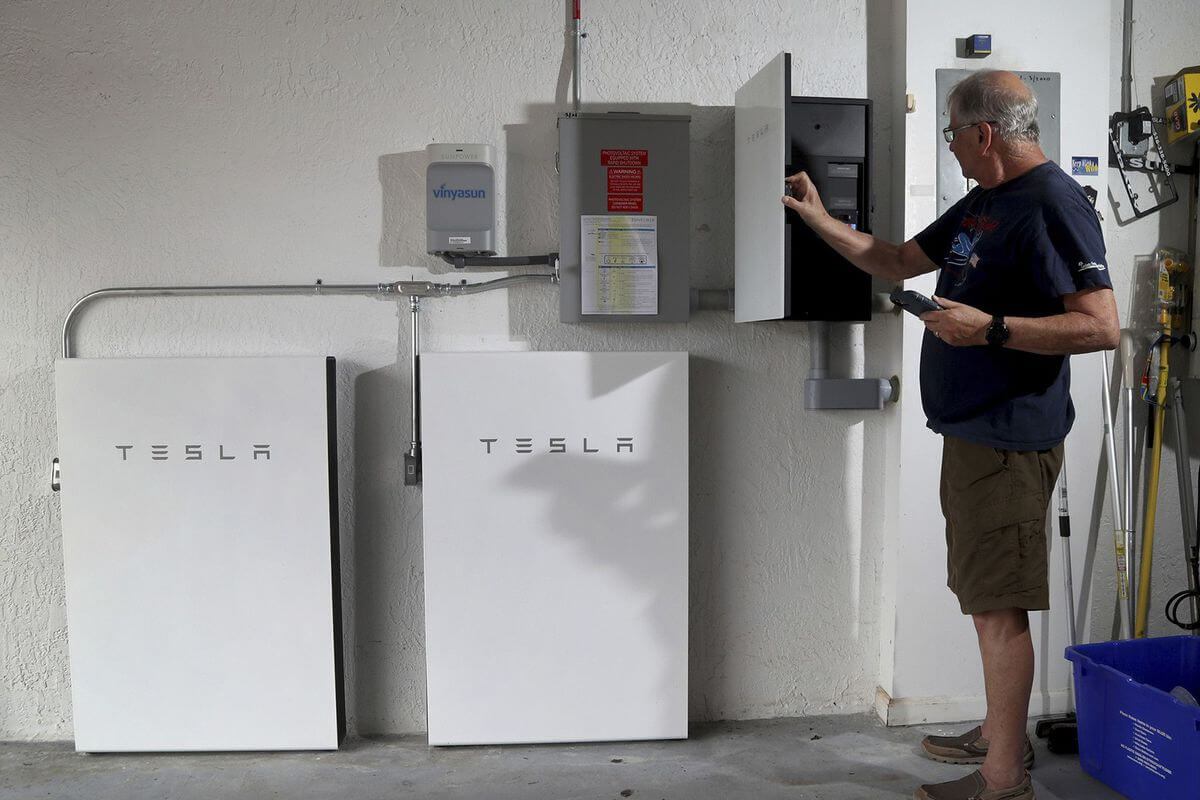
- Key Takeaways
- Tesla Powerwall – Is It Worth It?
- The Rise of the Tesla Powerwall: A Brief History
- Understanding the Tesla Powerwall: Your Home’s Energy Sidekick
- The Benefits of a Tesla Powerwall
- Cost Analysis of the Tesla Powerwall
- Reducing Expenses with Incentives
- Tesla Powerwall vs. Whole House Generators
- Product Specifications and Models
- Key Features Across the Powerwall Lineup
- Choosing the Right Number of Powerwalls for Your Home
- Tesla Powerwall vs. Other Solar Batteries
- Purchasing and Financing Options for the Tesla Powerwall
- Conclusion
Key Takeaways
- How much does a Tesla solar battery cost? A single Tesla Powerwall costs an average of $11,700. The cost varies based on your location and the number of units you purchase.
- How long do Tesla solar batteries last? The typical lifespan of a Tesla Powerwall is around 20 years. However, this can vary depending on how often you use your battery and how much of it you use.
- Why didn’t my Tesla solar system with a battery backup not work during a power outage? There could be several reasons for this. One possibility is that the Powerwall was overloaded by energy-intensive loads during the power outage, causing it to stop providing power. If this happens, turning off these loads should allow the Powerwall to restart within a minute.
- How to use a Tesla battery for solar? The Tesla Powerwall is designed to store energy for later use and works with solar to provide key energy security and financial benefits. It can be integrated with a new or existing solar system.
- What is the capacity of a Tesla solar battery? The Tesla Powerwall has a 13.5 kWh energy capacity.
- Is the Tesla solar battery good? The Tesla Powerwall is well-regarded for its high power output, well-rounded performance, and efficiency. However, it’s worth noting that it only comes in one size and is not compatible with other Powerwall models.
- Is Tesla solar battery worth it? Despite the upfront cost, the Tesla Powerwall is considered a good investment due to its large storage capacity, long lifespan, and money-saving capabilities.
- What kind of battery does Tesla solar use? The Tesla Powerwall is a rechargeable lithium-ion battery.
Tesla Powerwall – Is It Worth It?
Unpredictable power outages, rising energy costs, and a desire for greater self-sufficiency have left many US homeowners searching for reliable home energy solutions.
The growing popularity of solar power has sparked interest in battery backup systems, but the options can be overwhelming.
You’ve heard the buzz about Tesla’s Powerwall, the sleek and cutting-edge home battery that promises to revolutionize the way we use and store energy. But how does it actually work? What are the real benefits, and is it the right choice for your home?
In this comprehensive guide, we’ll dive into the world of Tesla’s solar batteries and backup systems, answering the most common questions homeowners like you have been asking.
From understanding the technology to exploring the cost and installation considerations, we’ll provide the insights you need to make an informed decision and take control of your home’s energy future.
The Rise of the Tesla Powerwall: A Brief History
Since its initial release in 2015, the Tesla Powerwall has emerged as a leading player in the residential energy storage market. Let’s take a quick look at the evolution of this game-changing technology:
2015: The Powerwall 1 Debut
Tesla’s first-generation Powerwall was a groundbreaking home battery system that allowed homeowners to store solar energy for later use. With a capacity of 6.4 kWh, the Powerwall 1 provided backup power during outages and helped offset energy costs.
2016: Standalone Battery Option
In response to customer feedback, Tesla introduced a standalone Powerwall option, allowing homeowners to utilize the battery system without requiring an integrated solar panel setup. This opened up the technology to a broader range of homes and energy needs.
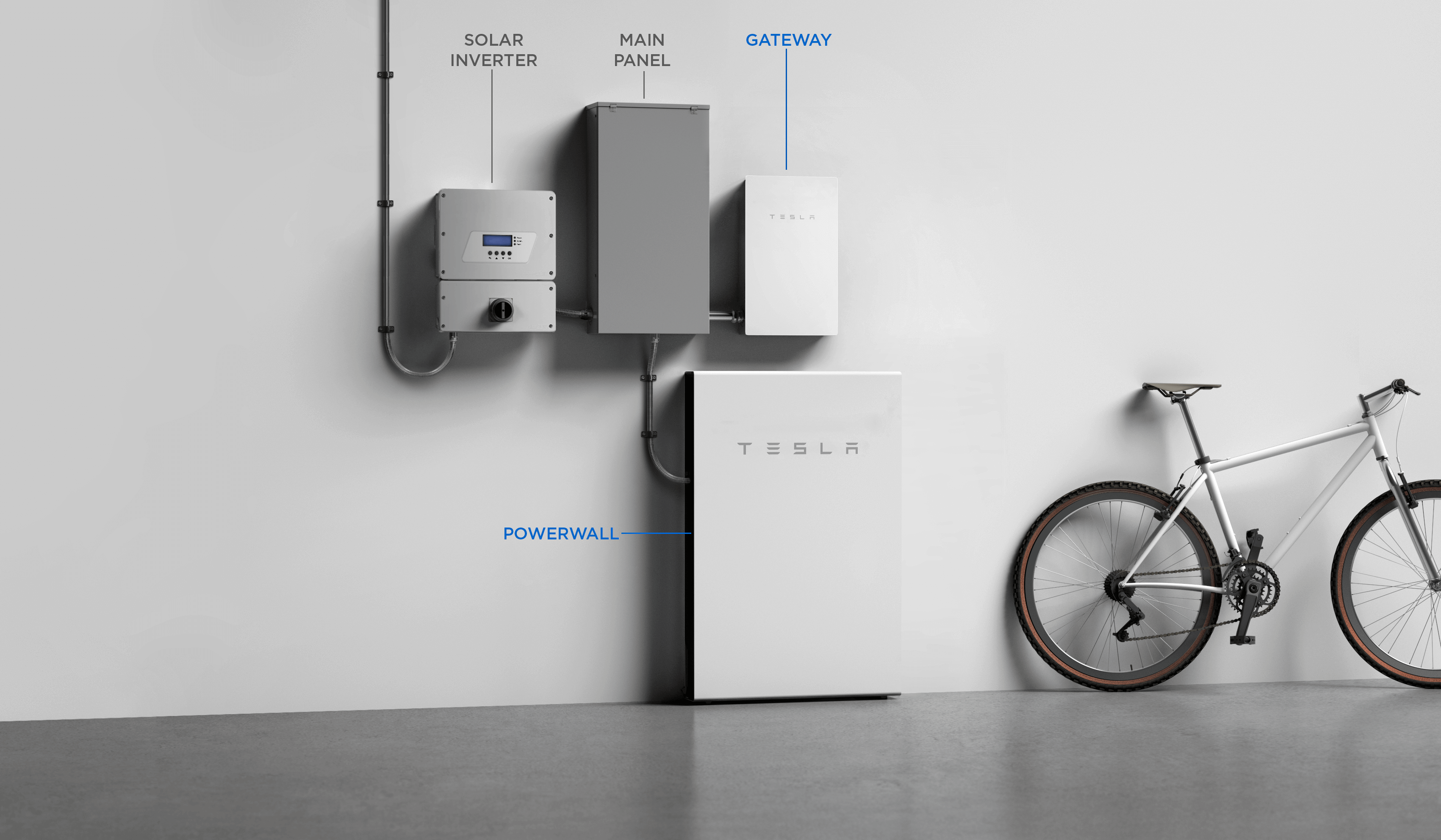
2019: Powerwall 2 Arrives
The second-generation Powerwall boasted improved efficiency, increased capacity (13.5 kWh), and a sleeker, more compact design. This update solidified the Powerwall’s position as a leading choice for home energy storage.
2024: Powerwall 3 – The Latest Evolution
Just last year, Tesla unveiled the Powerwall 3, their most advanced home battery system yet. With a capacity of up to 27 kWh, enhanced safety features, and seamless integration with solar panels, the Powerwall 3 represents the pinnacle of residential energy storage technology.
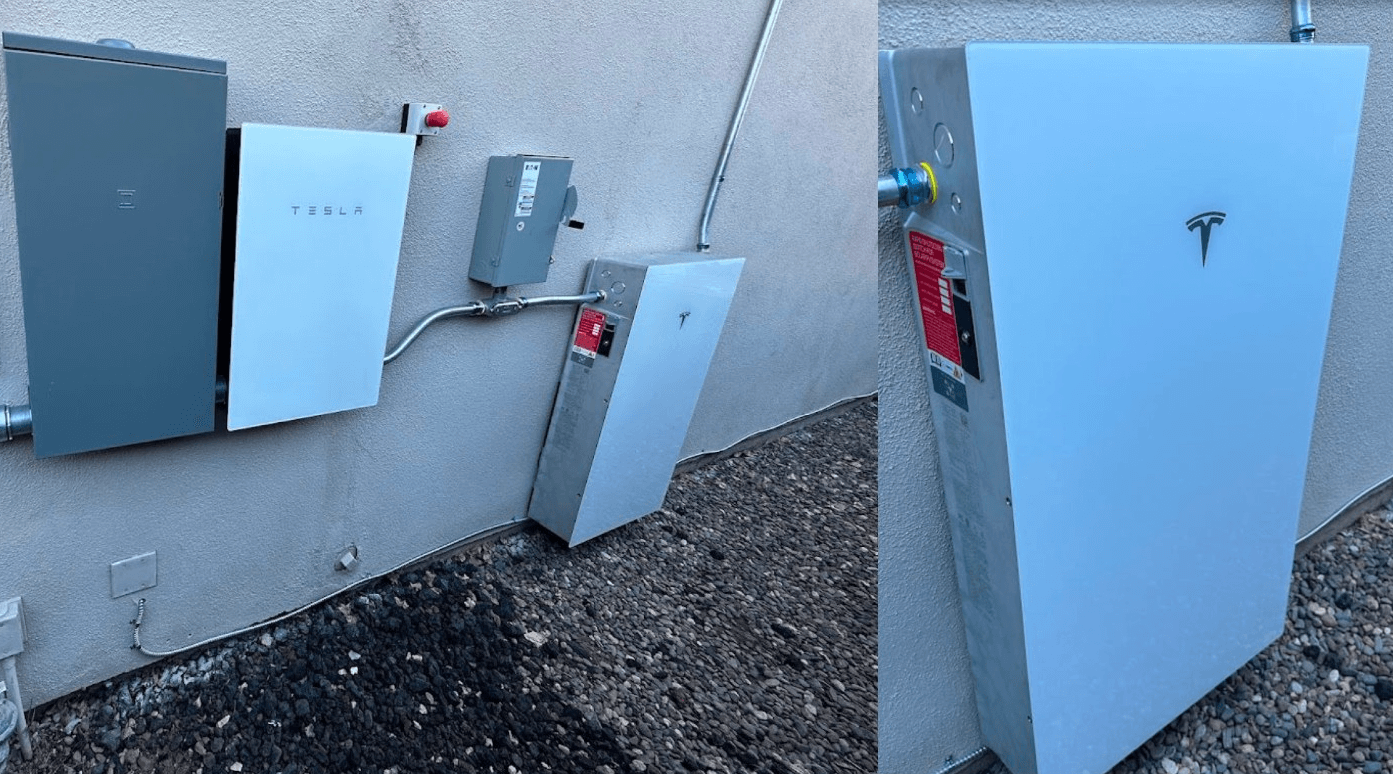
As you can see, the Tesla Powerwall has come a long way in a relatively short time, continuously raising the bar for what’s possible in home energy management. But what exactly does this innovative technology do, and how can it benefit your household? Let’s dive in.
Understanding the Tesla Powerwall: Your Home’s Energy Sidekick
The Tesla Powerwall is a rechargeable lithium-ion battery system designed to store energy generated by solar panels or drawn from the electrical grid. By storing this energy, the Powerwall allows homeowners to take control of their electricity supply and reduce their reliance on the traditional power grid.
Standalone or Solar-Integrated
The Powerwall can be installed as a standalone unit, providing backup power in the event of a grid outage. But it truly shines when paired with a home solar panel system, allowing you to store the excess energy your panels generate during the day and use it to power your home at night or during periods of high demand.
Increased Energy Independence
With a Powerwall, you’re no longer at the mercy of your utility company. The battery system stores the electricity you generate from your solar panels, giving you the ability to tap into that power whenever you need it. This means fewer interruptions during blackouts and greater control over your monthly energy costs.
Seamless Backup Power
If the grid does go down, the Powerwall automatically switches to backup mode, providing uninterrupted power to your home. This can be a lifesaver during severe weather events or other grid disruptions, ensuring your essential appliances and systems remain operational.
Maximizing Solar Energy
By storing excess solar energy, the Powerwall helps you get the most out of your renewable energy investment. Instead of sending unused electricity back to the grid, you can use it to power your home when the sun isn’t shining, further reducing your reliance on traditional energy sources.
As you can see, the Tesla Powerwall is a versatile and innovative solution that can transform the way you manage your home’s energy needs. But how does it stack up against other options, like whole-house generators? Let’s take a clo
The Benefits of a Tesla Powerwall
When it comes to home energy storage solutions, the Tesla Powerwall offers a wide range of benefits that can significantly improve your quality of life and reduce your environmental impact. Let’s explore some of the key advantages in detail:
- Backup Power During Outages
Power outages can be a frustrating and even dangerous experience, especially for families with young children, elderly relatives, or those who rely on medical equipment. The Powerwall steps in as a reliable backup power source, automatically kicking in to keep your essential systems and appliances running until grid power is restored.
- Enhanced Energy Independence
By storing the energy generated by your solar panels, the Powerwall allows you to take control of your electricity supply and reduce your reliance on the grid. This means you’ll be less vulnerable to rate hikes, blackouts, and other utility-related disruptions, giving you greater peace of mind and financial stability.
- Financial Incentives and Savings
Many states and local governments offer generous incentives and rebates for homeowners who invest in renewable energy solutions like the Powerwall. These can significantly offset the upfront cost of the system, helping you enjoy long-term energy savings on your utility bills. Plus, the Powerwall’s ability to store and utilize solar energy can further reduce your electricity expenses.
- Environmental Benefits
By reducing your reliance on fossil fuel-based electricity, the Powerwall helps lower your carbon footprint and contribute to a more sustainable future. As more households adopt clean energy solutions, the collective impact on the environment becomes increasingly significant.
- Increased Home Value
Installing a Powerwall can also increase the value of your home, as homebuyers recognize the benefits of having a reliable, self-sufficient energy system. This added value can pay dividends when it’s time to sell, making the Powerwall a smart long-term investment.
These are just a few of the many advantages the Tesla Powerwall can offer. As you explore the possibility of adding this cutting-edge technology to your home, it’s important to also consider the financial aspects and how the Powerwall’s cost stacks up against other options. Let’s dive into that next.
Cost Analysis of the Tesla Powerwall
One of the primary concerns homeowners have when considering a Tesla Powerwall is the cost. While the initial investment may seem high, it’s important to look at the long-term savings and benefits the system can provide.
The Cost of a Single Powerwall Unit
The current retail price for a Tesla Powerwall 3 starts at around $11,500 for the battery unit alone. This price can vary depending on your location, as factors like shipping, taxes, and local installation costs can impact the final figure.
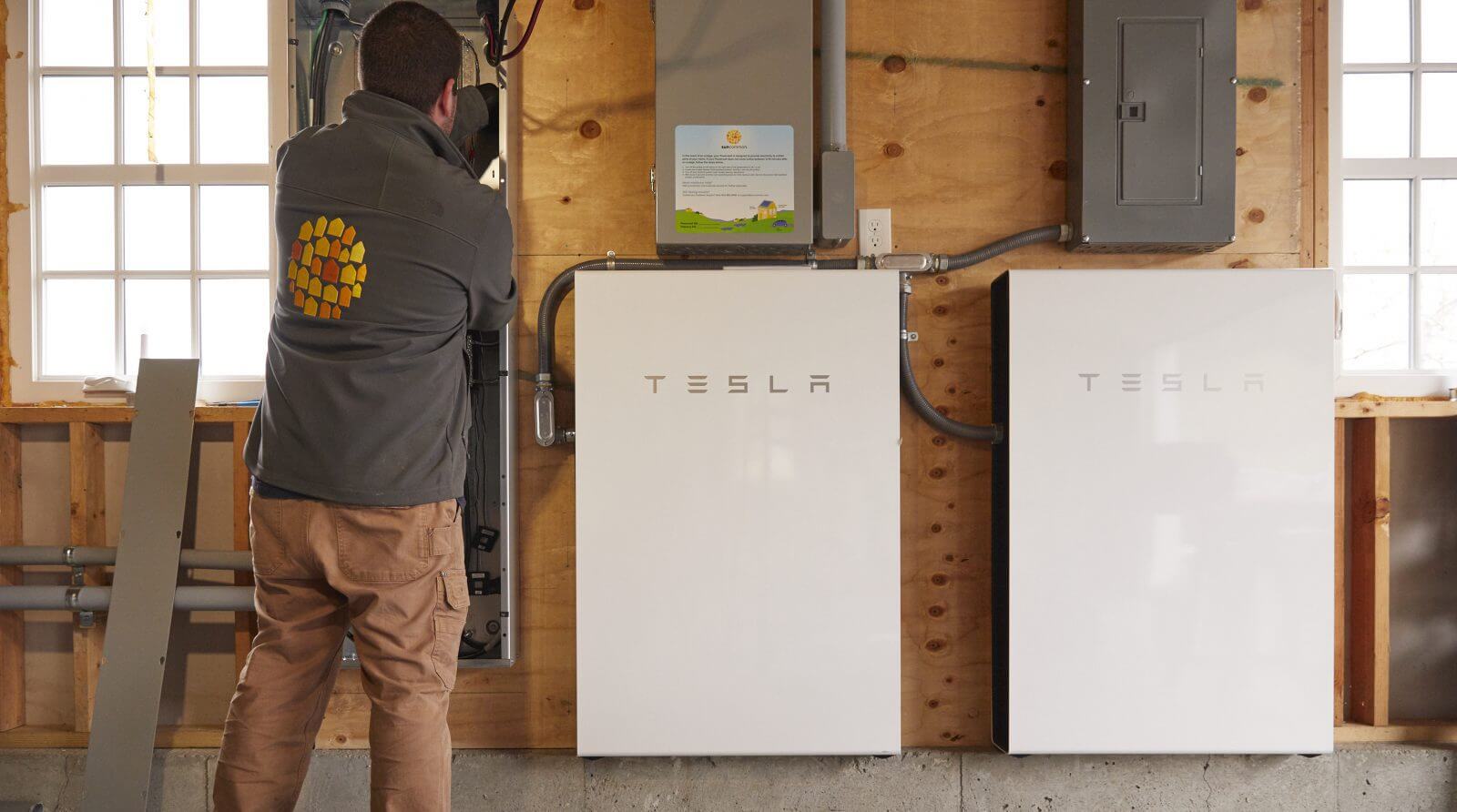
Costs for Multiple Powerwall Units
Many homeowners choose to install multiple Powerwall units to increase their energy storage capacity and backup power. Each additional Powerwall unit will add to the overall system cost, but the price per unit may be slightly lower due to volume discounts.
Factors Affecting Powerwall Costs
The final cost of your Powerwall system can be influenced by several factors, including:
- Your home’s energy usage and storage requirements
- The complexity of the installation, such as the need for electrical upgrades or specialized mounting
- Availability of federal, state, or local solar and energy storage incentives
- Whether you choose to purchase the Powerwall directly from Tesla or through a certified installer
Reducing Expenses with Incentives
Fortunately, there are several ways to offset the cost of a Powerwall system. Many states and utility companies offer generous rebates, tax credits, and other financial incentives for homeowners who invest in renewable energy solutions. These can significantly reduce the overall cost of your Powerwall installation. Tesla also used to offer a $500 rebate which ended October 31, 2023.
It’s important to research the incentives available in your area and factor them into your cost analysis. With the right combination of incentives and long-term energy savings, the Powerwall can become a more affordable and accessible option for many US homeowners.
In the next section, we’ll dive deeper into how the Powerwall compares to traditional whole-house generators, helping you determine which solution best fits your home’s unique energy needs.
Tesla Powerwall vs. Whole House Generators
When it comes to backup power options for your home, the Tesla Powerwall and traditional whole-house generators each have their own unique strengths and considerations. Let’s take a closer look at how these two solutions stack up:
Maintenance Requirements
Whole-house generators typically require regular maintenance, such as oil changes and tune-ups, to ensure they’re ready to spring into action during a power outage. The Powerwall, on the other hand, is a self-contained battery system that requires little to no ongoing maintenance, making it a more hands-off option for homeowners.
Cost-Effectiveness
While the initial cost of a Powerwall system may be higher than a whole-house generator, the long-term operational costs can be significantly lower. The Powerwall’s ability to store and utilize renewable energy from solar panels can lead to substantial savings on your monthly electricity bills, offsetting the upfront investment over time.
Operational Noise
Whole-house generators can be quite noisy, with the engine and exhaust system producing a significant amount of background noise when running. The Powerwall, being a silent, solid-state battery system, operates without any audible disturbance, making it a more discreet and unobtrusive backup power solution.
Environmental Impact
Whole-house generators typically run on gasoline or natural gas, contributing to greenhouse gas emissions and environmental pollution. The Powerwall, on the other hand, stores clean, renewable energy, helping to reduce your carbon footprint and support a more sustainable future.
Smart Technology Features
The Powerwall comes equipped with advanced smart technology features that allow for seamless integration with your home’s energy systems. This includes remote monitoring, energy usage analytics, and the ability to optimize power consumption based on your household’s needs. Traditional generators, while reliable, lack these sophisticated technological capabilities.
When it comes to choosing between a Tesla Powerwall and a whole-house generator, the decision often comes down to your specific energy requirements, budget, and personal preferences. By carefully weighing the pros and cons of each solution, you can make an informed choice that best fits your home and your energy goals.
As you continue to explore the Powerwall and its capabilities, it’s important to understand the different models and specifications available. In the next section, we’ll dive into the details of the Powerwall product line, helping you identify the right solution for your home.
Product Specifications and Models
The Tesla Powerwall lineup has evolved over the years, with each new generation offering improved performance, capacity, and features. Let’s take a closer look at the different Powerwall models and their key specifications:
Powerwall 2
– Energy Capacity: 13.5 kWh
– Power Output: 5 kW continuous, 7 kW peak
– Dimensions: 45.3 x 29.6 x 5.75 inches
– Weight: 251 lbs
The Powerwall 2, released in 2019, represented a significant upgrade from the original Powerwall. With a larger energy capacity and higher power output, this model could better support the energy needs of most homes, especially when paired with a solar panel system.
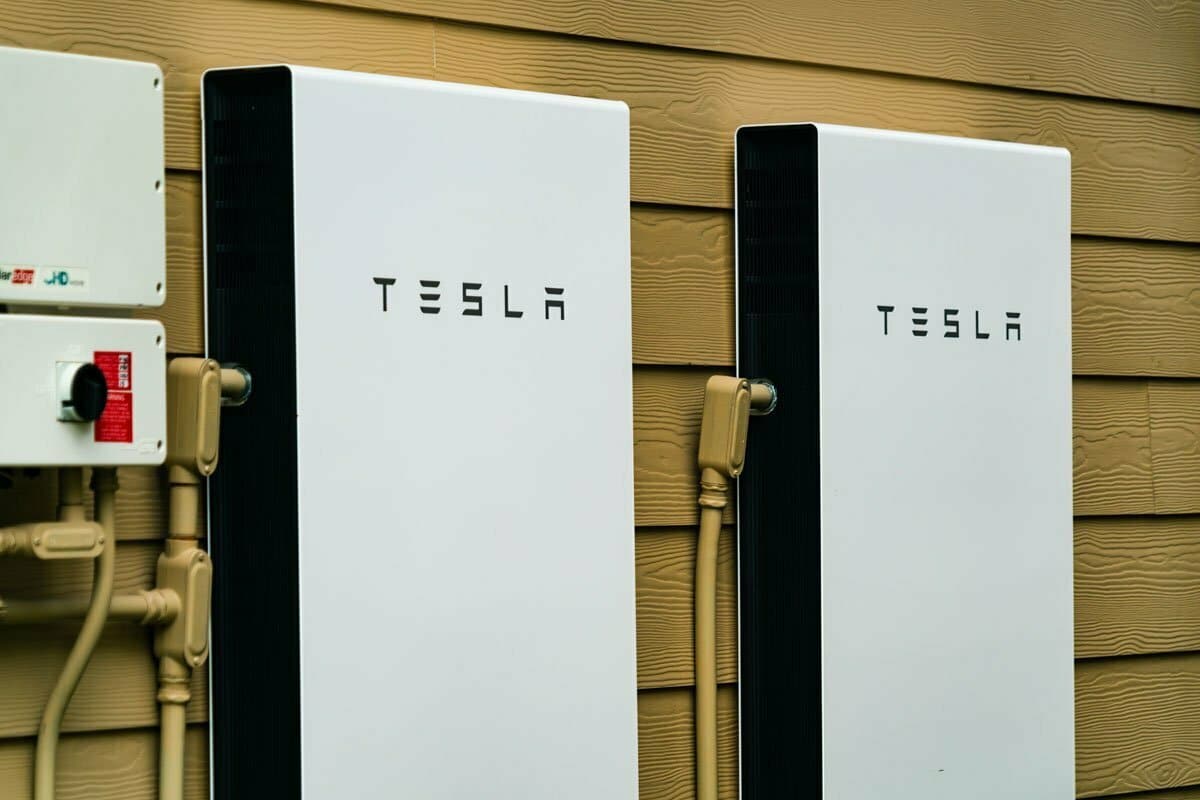
Powerwall+
– Energy Capacity: 13.5 kWh
– Power Output: 7 kW continuous, 10 kW peak
– Dimensions: 45.3 x 29.6 x 5.75 inches
– Weight: 375 lbs
The Powerwall+ builds upon the Powerwall 2’s capabilities by offering increased power output, making it a more robust option for homes with higher energy demands. This model also includes an integrated inverter, streamlining the installation process.
Powerwall 3
– Energy Capacity: 27 kWh
– Power Output: 9.6 kW continuous, 22 kW peak
– Dimensions: 55 x 42 x 7 inches
– Weight: 550 lbs
Unveiled in 2024, the Powerwall 3 represents the latest evolution of Tesla’s home battery technology. With nearly double the energy capacity of its predecessors, the Powerwall 3 can provide extended backup power and greater energy independence for larger homes or those with significant energy needs.
Key Features Across the Powerwall Lineup
Regardless of the specific model, all Tesla Powerwalls share several common features that enhance user convenience and operational efficiency:
- Sleek, wall-mounted design for discreet indoor or outdoor installation
- Integrated battery management system for optimal performance and safety
- Seamless integration with Tesla’s solar panels and other renewable energy sources
- Remote monitoring and control through the Tesla mobile app
- Scalable configurations, allowing multiple Powerwalls to be installed together
When choosing the right Powerwall for your home, factors such as your energy usage, available space, and budget will all play a role in determining the optimal model and configuration. In the next section, we’ll explore how to determine the appropriate number of Powerwalls to meet your specific energy needs.
Much like the company’s diverse line of electric vehicles, you may be able to choose from several Powerwall options as a homeowner in the US. In 2024, three Powerwall models are currently available – the Powerwall 2, Powerwall+, and Powerwall 3 – with specifications as outlined in the image from Tesla below.
| Powerwall 2 | Powerwall+ | Powerwall 3 | |
| Energy Capacity | 13.5 kWh* | 13.5 kWh* | 13.5 kWh |
| On-Grid Power | 5 kW continuous | 7.6 kW / 5 kW continuous† | 11.5 kW continuous |
| Backup Power | 7 kW peak
106A LRA motor start Seamless backup transition |
9.6 kW / 7 kW continuous†
22 kW / 10 kW peak† 118A LRA motor start Seamless backup transition |
11.5 kW continuous
185 LRA motor start Seamless backup transition |
| Scalable | Up to 10 units | Up to 4 units | Up to 4 units |
| Size and Weight | L x W x D
45.3 in x 29.6 in x 5.75 in 251.3 lbs |
L x W x D
62.8 in x 29.7 in x 6.3 in 343.9 lbs |
L x W x D
43.25 in x 24 in x 7.6 in 287 lbs |
| Inverter | X | Solar-to-grid efficiency 97.5%
4 solar inputs with Maximum Power Point Trackers |
Solar-to-grid efficiency 97.5%
6 solar inputs with Maximum Power Point Trackers |
| Installation | Floor or wall mounted
Indoor or outdoor Up to 10 Powerwalls -4°F to 122°F Water and dust resistance |
Integrated inverter and system controller
-4°F to 122°F Water and dust resistance |
Integrated inverter and system controller
-4°F to 122°F Flood and dust resistance‡ |
| Warranty | 10 years | 10 years | 10 years |
*Powerwall Technical Specifications for more details
Choosing the Right Number of Powerwalls for Your Home
Determining the ideal number of Tesla Powerwalls for your home requires a careful assessment of your energy consumption and storage requirements. Here are some key factors to consider:
Energy Usage Patterns
The first step is to evaluate your household’s typical energy usage. Look at your past utility bills to understand your average daily and monthly electricity consumption. This will help you estimate the battery capacity needed to power your home during outages or periods of high demand.
Home Size and Energy Needs
The size of your home and the number of energy-intensive appliances and systems you have will also influence the Powerwall configuration. Larger homes or those with high-draw items like electric vehicles, HVAC systems, or power-hungry kitchen appliances may require multiple Powerwall units to meet their energy needs.
Budget and Cost Considerations
As we discussed earlier, the cost of a Powerwall system can vary depending on the number of units installed, as well as any available incentives or rebates. Establishing a realistic budget will help you determine the appropriate Powerwall configuration that fits your financial constraints.
Real-World Scenarios
Let’s explore a few examples to illustrate how the number of Powerwalls can be tailored to different home energy profiles:
Small Home (1,500 sq ft):
- Average daily energy usage: 15 kWh
- Recommended Powerwall configuration: 1-2 units
- This would provide enough backup power to run essential appliances and lights during a grid outage.
Medium Home (2,500 sq ft):
- Average daily energy usage: 25 kWh
- Recommended Powerwall configuration: 2-3 units
- This setup would support the higher energy demands of a larger home, including HVAC, kitchen appliances, and other high-draw systems.
Large Home (4,000 sq ft) with Electric Vehicle:
- Average daily energy usage: 35 kWh
- Recommended Powerwall configuration: 3-4 units
- The additional Powerwall units would ensure sufficient backup power for the home’s energy needs, as well as charging the electric vehicle during an outage.
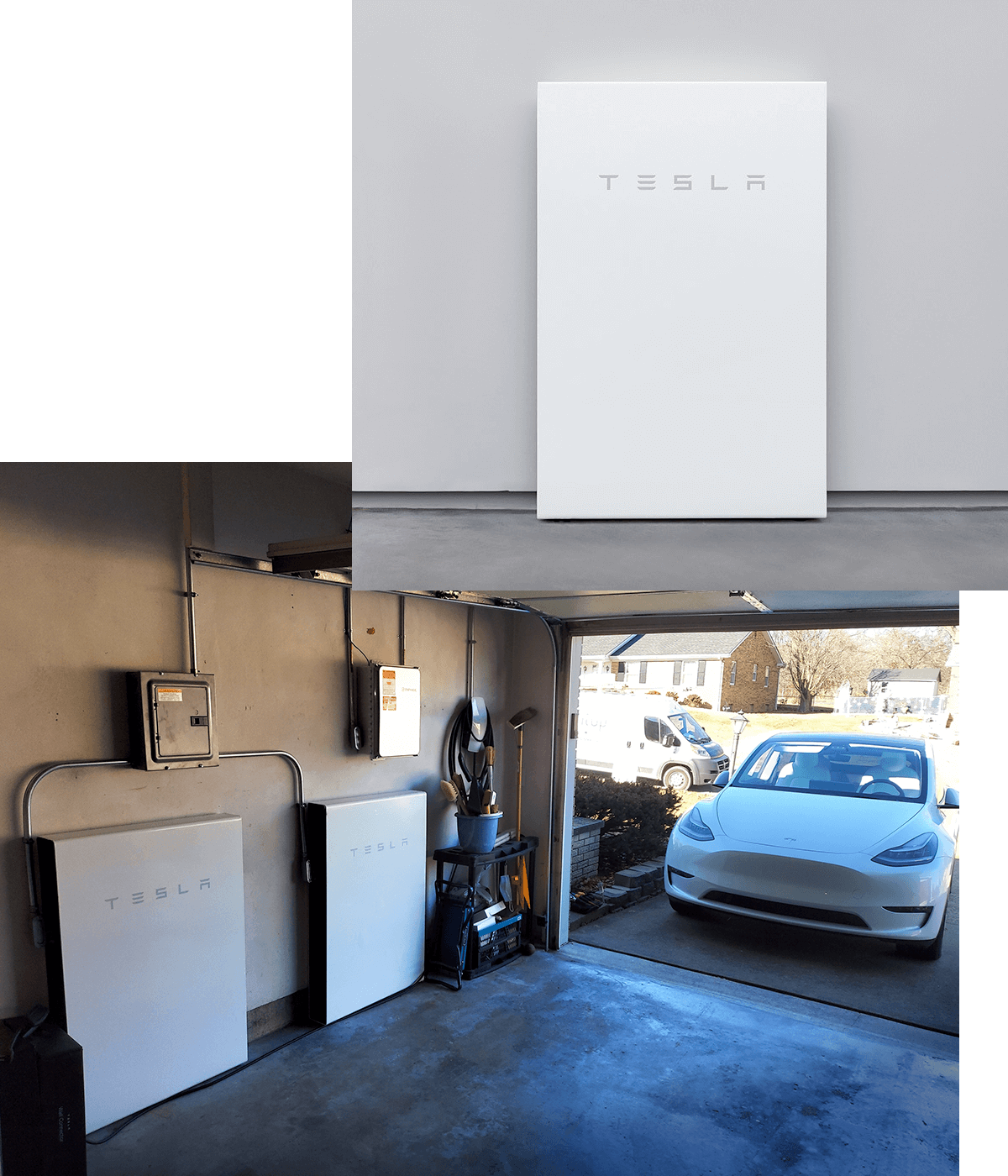
Remember, these are just general guidelines, and your specific energy requirements may vary. It’s always best to consult with a Tesla-certified installer or energy specialist to determine the optimal Powerwall configuration for your home.
Tesla Powerwall vs. Other Solar Batteries
As the home energy storage market continues to evolve, homeowners are presented with a growing number of options beyond the Tesla Powerwall. Let’s examine how the Powerwall compares to some of the top competitors in the industry:
LG Chem RESU
- Capacity: 9.8 kWh to 16 kWh
- Power Output: 5 kW continuous, 7 kW peak
- Key Advantages: Compact design, relatively affordable price point
- Disadvantages: Lower energy capacity compared to Powerwall
Sonnen Eco
- Capacity: 4 kWh to 16 kWh
- Power Output: 3 kW to 8 kW
- Key Advantages: Modular design, integrated energy management software
- Disadvantages: More expensive than the Powerwall per kWh of storage
Enphase IQ Battery
- Capacity: 3.3 kWh to 13.2 kWh
- Power Output: 1.6 kW to 5.8 kW
- Key Advantages: Scalable, easy DIY installation
- Disadvantages: Lower power output and energy capacity compared to Powerwall
When comparing these options to the Tesla Powerwall, a few key differentiators emerge:
Capacity and Performance
The Powerwall consistently offers higher energy storage capacity and power output than many of its competitors, making it a more robust solution for homes with higher energy demands.
Pricing and Value
While the Powerwall may have a higher initial cost, its ability to store more energy and integrate seamlessly with Tesla’s solar products can translate to better long-term value for homeowners.
Brand Recognition and Ecosystem
As a Tesla product, the Powerwall benefits from the company’s strong brand reputation and the growing ecosystem of Tesla products and services, which can enhance the overall user experience.
Ultimately, the choice between the Powerwall and other solar battery options will depend on your specific energy needs, budget, and personal preferences. It’s worth considering all the available options and consulting with a renewable energy specialist to determine the best fit for your home.
Now that we’ve explored the Powerwall’s capabilities and how it stacks up against the competition, let’s dive into the practical details of purchasing and installing this cutting-edge home energy storage solution.
Purchasing and Financing Options for the Tesla Powerwall
When it comes to acquiring a Tesla Powerwall for your home, you have a few different purchasing and financing avenues to consider:
Purchasing Directly from Tesla
The most straightforward option is to purchase your Powerwall directly from Tesla. This can be done through their online store or by contacting a Tesla Energy sales representative. Buying directly from the manufacturer ensures you’re getting an authentic product and can take advantage of any current promotions or incentives.
Purchasing Through a Certified Installer
Many local solar and electrical contractors are authorized Tesla Powerwall installers. Working with a certified installer can provide additional benefits, such as:
- Personalized site assessments to determine the optimal Powerwall configuration
- Handling of all permitting and paperwork requirements
- Comprehensive installation services, including electrical work and mounting
- Potential access to regional incentives and discounts
Financing Options
Understandably, the upfront cost of a Powerwall system can be a significant investment for some homeowners. To make the purchase more accessible, Tesla and its network of certified installers offer several financing options:
- Cash Purchase – Pay the full amount upfront for the Powerwall and installation.
- Tesla Financing – Tesla’s in-house financing program, which allows you to spread the payments over time.
- Third-Party Lenders – Access solar and renewable energy loans through banks, credit unions, or specialty lenders.
- Leasing – Opt for a lease-to-own agreement, where you make monthly payments without the burden of full ownership.
The financing route you choose will depend on factors such as your available capital, credit score, and long-term energy savings goals. It’s advisable to explore all the options and compare the interest rates, loan terms, and any applicable incentives to find the most suitable financing plan for your household.
By understanding the purchasing and financing choices available, you can make an informed decision that aligns with your budget and energy needs. With the right Powerwall solution in place, you’ll be on your way to greater energy independence and cost savings for years to come.
Conclusion
As we’ve explored throughout this comprehensive guide, the Tesla Powerwall represents a transformative home energy storage solution that is poised to play a pivotal role in the future of residential power management.
From its humble beginnings in 2015 to the latest Powerwall 3 model, Tesla has consistently pushed the boundaries of what’s possible in home battery technology. With industry-leading capacity, power output, and smart features, the Powerwall empowers homeowners to take control of their electricity usage, reduce their reliance on the grid, and contribute to a more sustainable energy landscape.
The benefits of a Tesla Powerwall are numerous and far-reaching. The ability to maintain power during grid outages, maximize the efficiency of a home solar system, and access valuable financial incentives make the Powerwall a compelling investment for many US households. And as battery technology continues to evolve, we can expect to see even more impressive advancements in the years to come.
Of course, the Powerwall may not be the perfect fit for every home. Factors such as energy consumption patterns, available space, and budget will all play a role in determining the optimal home energy storage solution. That’s why it’s crucial to consult with experienced professionals, such as Tesla-certified installers or renewable energy experts, to ensure you make the right choice for your unique needs.
As you weigh the options and consider the role of the Tesla Powerwall in your home’s energy future, remember that there is no one-size-fits-all solution. By carefully evaluating your energy requirements, exploring all available financing and incentive opportunities, and staying informed on the latest advancements in the industry, you can make an informed decision that aligns with your goals for energy independence, cost savings, and environmental sustainability.
The future of home energy is evolving, and the Tesla Powerwall stands at the forefront of this revolution. By embracing the power of this cutting-edge technology, you can unlock a new level of control, comfort, and confidence in your home’s energy supply, laying the foundation for a more sustainable and resilient tomorrow.
Nate is a solar expert with years of hands-on experience. He knows solar tech and sustainable energy inside out. His advice has helped many homeowners and businesses go green. Nate is passionate about eco-friendly living. That's why he's a big voice in the solar community.
Subscribe to newsletter
Stay on top of the latest guides and tips on solar.
